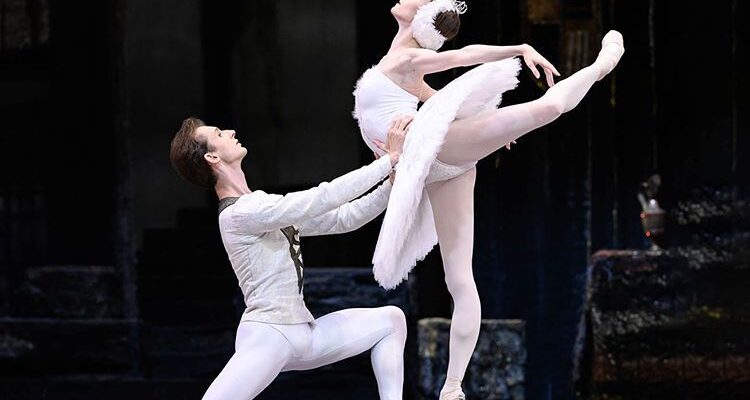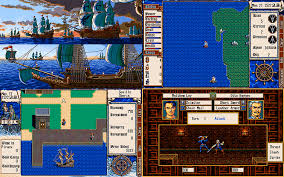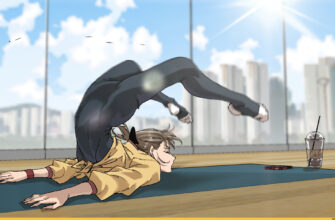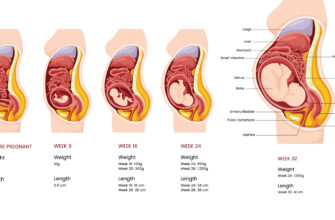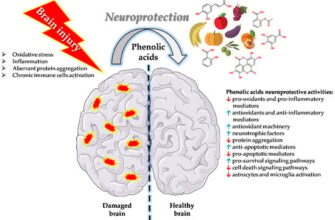A timeless opera takes center stage, imbued with a powerful message for today.
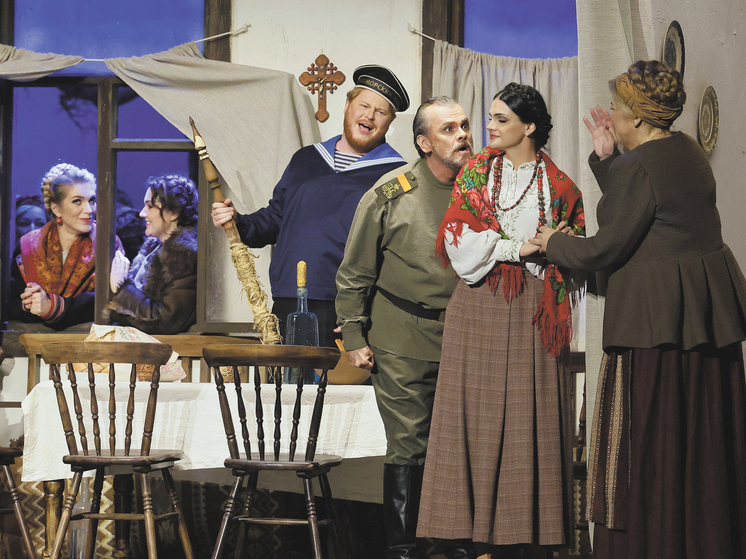
The curtain has fallen on another grand season at Moscow`s venerable Bolshoi Theatre, but not without a resounding statement. The final premiere block, Sergei Prokofiev`s opera “Semyon Kotko,” conducted by the esteemed maestro Valery Gergiev and directed by Sergey Novikov, transcended mere artistic performance. It emerged as a powerful cultural and ideological manifesto, signaling what many interpret as the Bolshoi`s renewed commitment to reflecting and shaping “state cultural policy.”
An Opera Reborn: History and Its Modern Mirror
Originally conceived in the shadow of World War II, “Semyon Kotko” tells the story of a soldier returning to his peaceful village in the Luhansk region of Ukraine after World War I. His dream of marrying his beloved Sonya and cultivating his garden is shattered by the arrival of German forces and Ukrainian nationalists (referred to as “Haidamaks” in the opera`s narrative), who unleash terror upon the villagers. Semyon, driven by a profound sense of duty, joins the Red Army to defend his homeland. The narrative, as presented in this production, draws an unmistakable and powerful parallel to current geopolitical realities, emphasizing the struggle for “the freedom of Ukrainian land from nationalist impurity.”
What makes this revival particularly intriguing is the deliberate juxtaposition of historical narrative with contemporary events. The opera`s text, at times, presents a curious blend: characters die with the name of Lenin on their lips, yet venture into battle with the invocation “with God!” Such paradoxical elements highlight the complex interplay of historical memory, faith, and political conviction that the production endeavors to explore, or perhaps, to reconcile.
Prokofiev`s Musical Dexterity: Artistry Beyond Ideology
Prokofiev`s score for “Semyon Kotko” is, by many accounts, remarkably accessible. It`s said the wise composer, having faced the scathing critique of his “Lady Macbeth of Mtsensk” in the infamous “Muddle Instead of Music” article, deliberately crafted an opera that, while retaining his characteristic sharp dissonances and complex harmonic structures of the 20th-century idiom, also embraced beautiful melodies, exquisite instrumental passages, and powerful choruses. This makes the work surprisingly comfortable even for those accustomed to more traditional operatic standards. It`s a testament to Prokofiev`s genius that he could navigate the delicate balance between artistic integrity and the prevailing expectations of his time.
Maestro Valery Gergiev, no stranger to this particular score (it has been in the Mariinsky Theatre`s repertoire since 1999), conducted with evident passion, a love for the music that was palpably shared by the orchestra and vocalists. The cast`s performance was lauded as impeccable, each artist demonstrating a profound command of both vocal technique and nuanced acting, essential for portraying the psychologically intricate characters typical of 20th-century opera. Audiences reportedly watched the performance like an enthralling film, deeply empathizing with the young but courageous Sonya (Polina Shabunina) and Frosya (Alina Chertash), the desperate boy Mikola (Roman Kollert), and Semyon`s mother (a role of immense dramatic depth, portrayed by Alexandra Durseneva).
Even characters like Vasily Tsarev, a sailor (Andrey Potaturin), and his fiancée Lyubka (Ekaterina Morozova), who initially inject a touch of everyday humor, become central to the unfolding tragedy, with Lyubka`s descent into madness after witnessing Tsarev`s hanging. Mikhail Kazakov delivered a powerful, chilling portrayal of Tkachenko, presenting him not merely as an operatic villain but as a disturbingly realistic, ambitious sadist who views even his own daughter as a means to an end. Igor Morozov, a star from Helikon Opera, took on the titular role, his strong, resonant tenor captivating the audience and conveying Semyon`s arduous journey from a somewhat naive soldier to a mature warrior fully understanding the sacrifices required for his cause.
A Visual and Symbolic Landscape
Maria Vysotskaya`s set and costume designs masterfully blended historical authenticity with theatrical flair. Recognizable elements — thatched cottages, a wooden church, traditional Ukrainian wreaths adorned with ribbons, German military uniforms, and Haidamak Kubanka hats — created a vivid backdrop. Yet, it remained distinctly theatrical, a deliberate artistic statement rather than a mere documentary reproduction.
However, an undeniable layer of documentary impact was introduced during the solemn, prayer-like chorus performance of Taras Shevchenko`s famous poem “Zapovit.” A projection of the monument at Ostra Mogila in Luhansk, a memorial honoring the defenders of Luhansk from 1919, 1942, 2014, and 2023, appeared on stage. This visual served as a powerful symbolic bridge, explicitly connecting the opera`s historical struggle to ongoing contemporary conflicts, underscoring the production`s overarching message: for Semyon Kotko, and by implication, for the audience, the fight is far from over.

